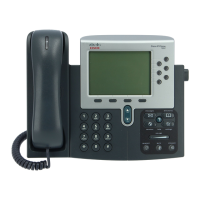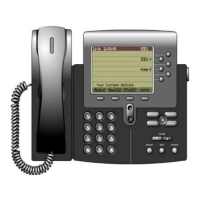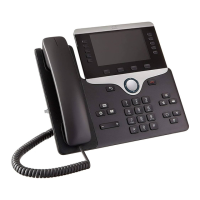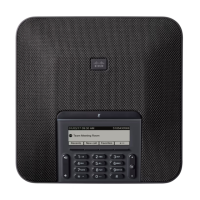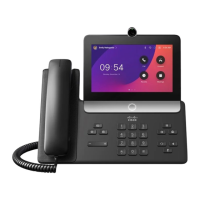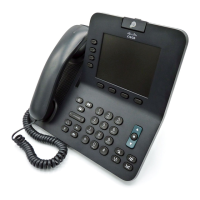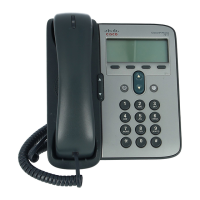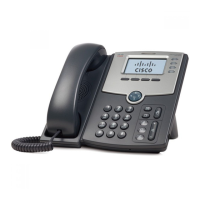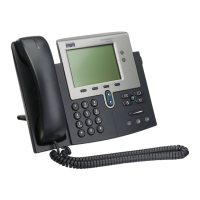Inconsistent configuration and behavior for network connectivity devices for CDP and LLDP-MED modes
could result in an oscillating rebooting behavior for the phone due to switching to different VLANs.
If the VLAN is not set by CDP and LLDP-MED, the VLAN ID that is configured manually is used. If the
VLAN ID is not configured manually, no VLAN is supported. DSCP is used and the network policy determines
LLDP-MED if applicable.
LLDP-MED and Multiple Network Devices
You can use the same application type for network policy. However, phones receive different Layer 2 or Layer
3 QoS Network policies from multiple network connectivity devices. In such a case, the last valid network
policy is accepted.
Configure VLAN Settings
Procedure
Step 1
In the phone web user interface, navigate to Admin Login > advanced > Voice > System.
Step 2
In the VLAN Settings section, configure the fields.
Step 3
Click Submit All Changes.
SIP and NAT Configuration
SIP and the Cisco IP Phone
The Cisco IP Phone uses Session Initiation Protocol (SIP), which allows interoperation with all IT service
providers that support SIP. SIP is an IETF-defined signaling protocol that controls voice communication
sessions in an IP network.
SIP handles signaling and session management within a packet telephony network. Signaling allows call
information to be carried across network boundaries. Session management controls the attributes of an
end-to-end call.
In typical commercial IP telephony deployments, all calls go through a SIP Proxy Server. The receiving phone
is called the SIP user agent server (UAS), while the requesting phone is called the user agent client (UAC).
SIP message routing is dynamic. If a SIP proxy receives a request from a UAS for a connection but cannot
locate the UAC, the proxy forwards the message to another SIP proxy in the network. When the UAC is
located, the response routes back to the UAS, and the two UAs connect using a direct peer-to-peer session.
Voice traffic transmits between UAs over dynamically assigned ports using Real-time Protocol (RTP).
RTP transmits real-time data such as audio and video; RTP does not guarantee real-time delivery of data. RTP
provides mechanisms for the sending and receiving applications to support streaming data. Typically, RTP
runs on top of UDP.
Cisco IP Phone 6800 Series Multiplatform Phones Administration Guide
39
SIP and NAT Configuration
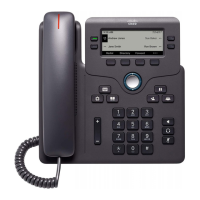
